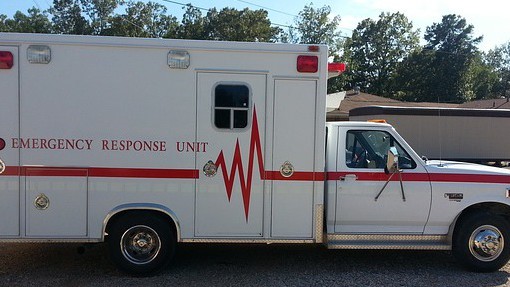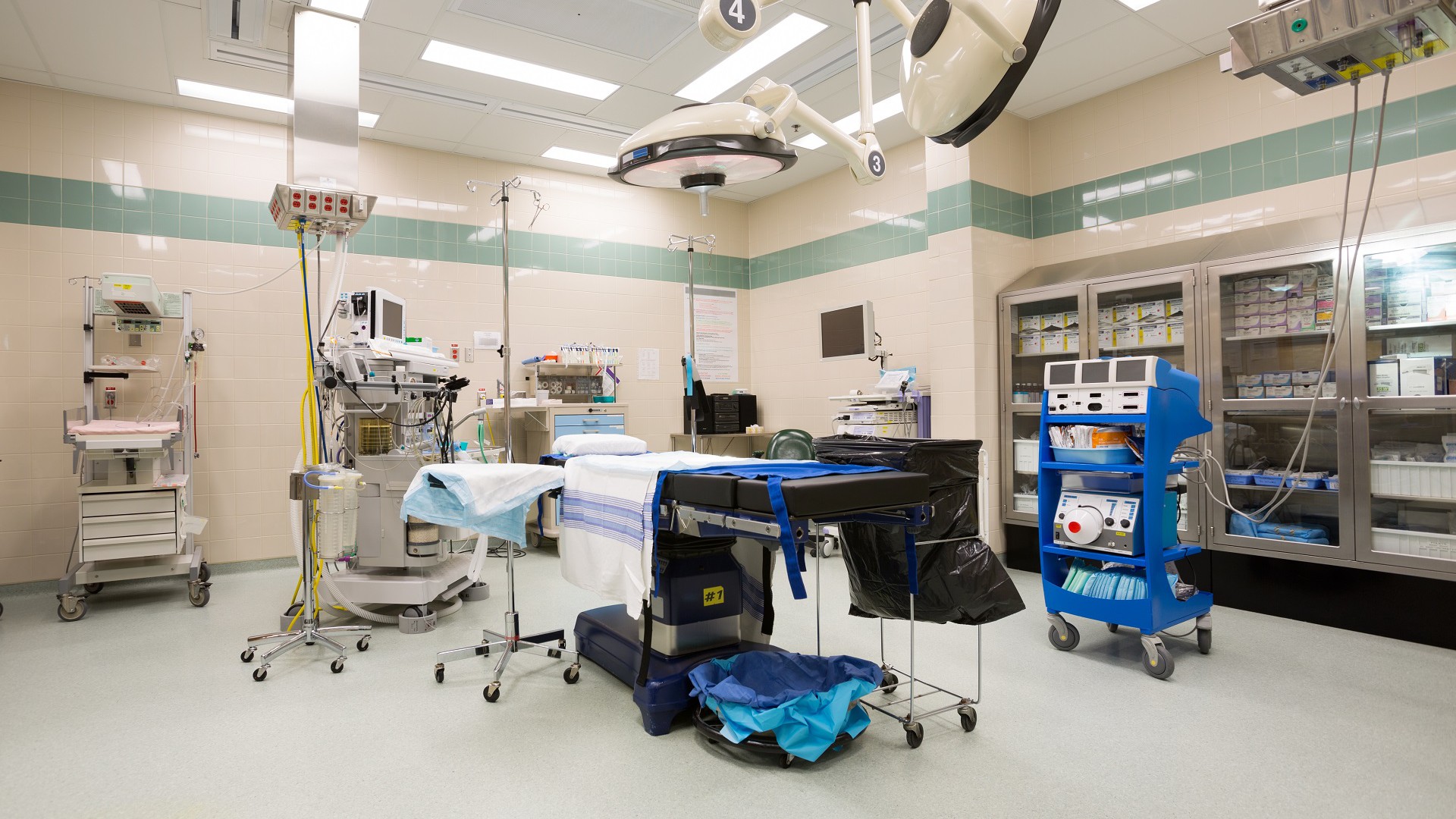The day has come: the medical-grade computers you ordered for your hospital have finally arrived! Eager to get started, you start unpacking and installing your new computers and installing them… only to realize you don’t have any mice or keyboards.
While your choice of computer is critical to your hospital’s operations, the accessories you choose to support it can be just as essential. The right accessories for your medical computer can help support extra functions, like telehealth or medication dispensation, or ensure the comfort and safety of your staff. Today, we’ll explore the most common computer accessories and how they’re used in healthcare.
Mice and Keyboards
Article Guide
Starting with the most obvious category, mice and keyboards are critical to using your computer’s capabilities fully. While many medical-grade devices feature touchscreens, mice are still more precise and can perform double-clicking or click-dragging actions. Similarly, nothing matches a keyboard when it comes to typing or data entry.
Mice and keyboards for medical settings often include design features that make them better suited to their operating environment. For example, many will have a rubber coating or sealing that allows healthcare providers to disinfect and clean them without damaging the internal circuitry.
Headsets and External Speakers
The explosive growth of telehealth and mobile healthcare in recent years has pushed many healthcare groups to purchase headsets and speakers for their computers. After all, telehealth is no good to anyone if you can’t hear what the patient is saying. Aside from telehealth, headsets and speakers are also useful for listening to audio files like orally dictated notes on a patient’s condition.
The critical difference between the two is obviously how they deliver sound, whether for a single listener with a headset or anyone within hearing distance for speakers. The former is better if you don’t want to distract others, while the latter works better if multiple people in the room have to listen to the same conversation or file.
When shopping for either, sound quality is a crucial concern; the last thing you want is a medical error because you misheard a patient. When shopping for headsets, another primary concern is comfort. A good headset should sit over the ears without squeezing down uncomfortably and be adjustable for different head sizes.
Webcams
Another critical telehealth component is the remote face-to-face communication between provider and patient. Of course, to have that communication, you need a webcam to record and transmit a live video feed. Some medical-grade tablets and computers feature built-in webcams, but numerous third-party peripheral options are also available.
External Storage Devices
While many healthcare groups have turned to cloud-based solutions for data storage, there is still a market for physical storage options. External hard drives and solid state drives can effectively expand a computer’s space for saving information and let users transfer any files saved to that drive by plugging it into a different device.
Battery Charging Stations
Battery-powered computers are an extremely popular choice in healthcare, especially for charting and mobile computing tasks. However, those batteries need somewhere to recharge when they’re depleted. A charging station should be located in or near your workstation so you can easily swap batteries out as required.
Barcode Scanners and RFID Readers
Barcode scanners and RFID readers are other common features pre-built on many medical tablets and computers. These accessories are commonly used for asset tracking and medication dispensation. For example, a medication provider will scan the label on the bottle and reference it with the patient’s EHR to ensure they are given the correct dosage at the proper time.
Privacy Filters
Privacy filters are critical for protecting against “visual hacking,” where cybercriminals steal information simply by looking at it on a computer screen. These filters can be installed directly behind the screen during assembly or attached on the outside to be removed just as easily.
Reading Lights
While hospital wards are typically well-lit during the day, those lights get dimmed or turned off so patients can get a decent night’s sleep. However, staff must still review documentation and take notes during the night shift. Trying to do so with a computer monitor’s light is a recipe for eye strain, so many providers instead turn to using a reading light that can easily be mounted onto a desk or computer.
Ergonomic Chairs
Providers will spend long hours sitting in their chairs, viewing EHRs and filling out documentation. A good ergonomic chair won’t just be comfortable but will also encourage good posture and provide lumbar support. This helps prevent your providers from developing lower back problems, a massive issue for workers.
Cable Management Kits
All these accessories come with cables of their own, which can quickly become a tangled mess if they aren’t properly corralled. A cable management kit with ties, straps, and knots can keep them collected and organized.
Conclusion
The right accessories can further enhance the capabilities of your medical-grade computer, adding greater functionality and flexibility to your operations. When shopping for accessories, make sure your selection is appropriate for the healthcare field in terms of durability and security.
If you need feature-rich and capable medical computers and tablets, contact the team at Cybernet Manufacturing. Our products come with accessories like webcams, speakers, and barcode scanners already installed, making them the perfect selection for your hospital or clinic.
Join the conversation and connect with us on this and other relevant topics – Follow us on Facebook, Twitter, and LinkedIn.
Mobile Medical Applications of the Industrial Computer: The Case of the Medical Emergency Vehicle
February 15, 2016
The demands of modern mobile healthcare are much more challenging than those of most other industries. This is where lives are at stake, and emergency situations arise at little to no notice. In recent years,…
0 Comments4 Minutes
Protect Yourself with True Medical Computer Certification
February 8, 2018
It's likely you've read about the IEC 60601-1 medical certification here before, but previous topics haven't detailed the specifics behind safety and why that matters for a hospital and its patients. If a computer isn't…
0 Comments5 Minutes
You Can't
Learn from a Pop-up
But we can deliver knowledge to your inbox!
We dive deep in the industry looking for new trends, technology, news, and updates. We're happy to share them with you.
Knowledge, News, and Industry Updates Right in Your Inbox




